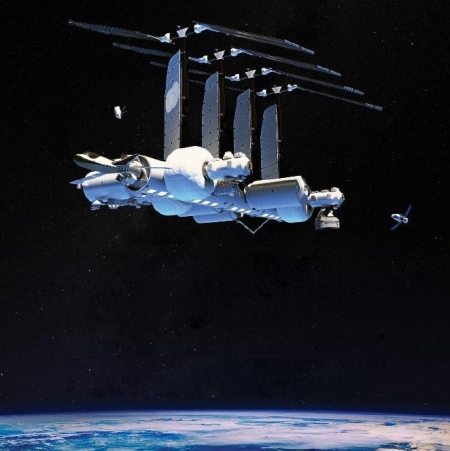ULA now targets May 4th for first Vulcan launch
According to ULA’s CEO, the company has now scheduled the first launch of its Vulcan rocket for May 4, 2023, a delay of about a month from the previous schedule.
The delay to the new date was caused by a variety of factors. First, the launch window for the prime payload, Astrobotic’s Peregrine lunar lander, is only open certain days of the month. Second, that lander is just finishing final testing, and the extra time was needed to get it to Cape Canaveral and stacked on the rocket. Third, the extra time was needed to complete all the dress rehearsal countdown tests prior to launch. However, the biggest reason for the delay appears to have been one of Blue Origin’s BE-4 rocket engines.
ULA and Blue Origin are finishing the formal qualification of the BE-4 engine, which Bruno described as the “pacing item” for the launch. “It’s taking a little bit longer than anticipated.”
He revealed that, in a qualification test of one of two engines, the liquid oxygen pump had about 5% higher performance than expected or seen on other engines. “When the performance of your hardware has even a small shift that you didn’t expect, sometimes that is telling us that there could be something else going on in the system that is potentially of greater concern.”
ULA and Blue Origin decided to take the engine off the test stand and disassemble it. Engineers concluded that the higher performance was just “unit-to-unit variation” and not a problem with the engine itself, Bruno said.
If Blue Origin was manufacturing and testing these engines as it needs to do, in large numbers, it would have known a long time ago the range of “unit-to-unit variation” in performance. That this is not known at this late time once again tells us that the company is still struggling to build these engines routinely. Yet it will soon need to produce plenty in short order in order to sustain not only ULA’s Vulcan launch schedule but the launch schedule of its own New Glenn rocket.
According to ULA’s CEO, the company has now scheduled the first launch of its Vulcan rocket for May 4, 2023, a delay of about a month from the previous schedule.
The delay to the new date was caused by a variety of factors. First, the launch window for the prime payload, Astrobotic’s Peregrine lunar lander, is only open certain days of the month. Second, that lander is just finishing final testing, and the extra time was needed to get it to Cape Canaveral and stacked on the rocket. Third, the extra time was needed to complete all the dress rehearsal countdown tests prior to launch. However, the biggest reason for the delay appears to have been one of Blue Origin’s BE-4 rocket engines.
ULA and Blue Origin are finishing the formal qualification of the BE-4 engine, which Bruno described as the “pacing item” for the launch. “It’s taking a little bit longer than anticipated.”
He revealed that, in a qualification test of one of two engines, the liquid oxygen pump had about 5% higher performance than expected or seen on other engines. “When the performance of your hardware has even a small shift that you didn’t expect, sometimes that is telling us that there could be something else going on in the system that is potentially of greater concern.”
ULA and Blue Origin decided to take the engine off the test stand and disassemble it. Engineers concluded that the higher performance was just “unit-to-unit variation” and not a problem with the engine itself, Bruno said.
If Blue Origin was manufacturing and testing these engines as it needs to do, in large numbers, it would have known a long time ago the range of “unit-to-unit variation” in performance. That this is not known at this late time once again tells us that the company is still struggling to build these engines routinely. Yet it will soon need to produce plenty in short order in order to sustain not only ULA’s Vulcan launch schedule but the launch schedule of its own New Glenn rocket.


